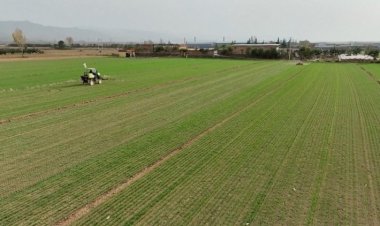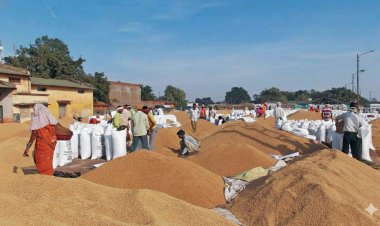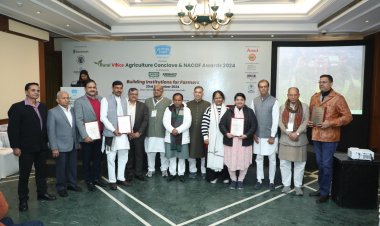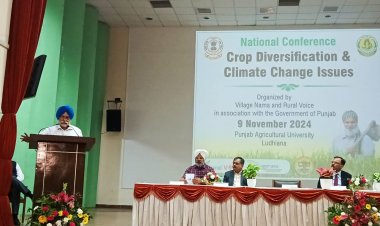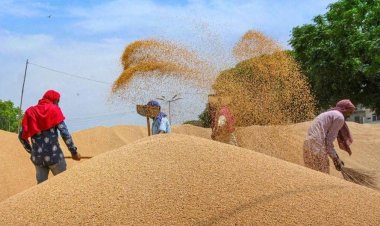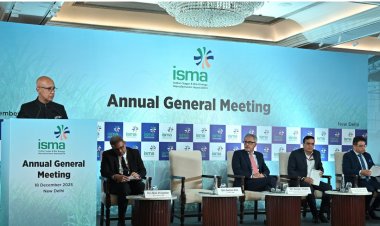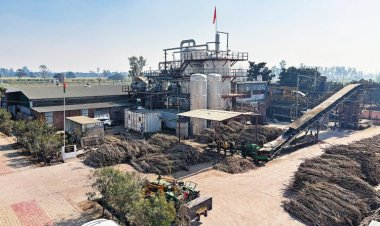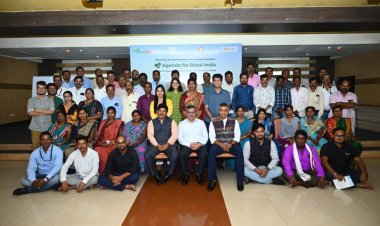Economic Survey: Need to focus on crop diversification; Rs 85,000 crore fertilizer subsidy in nine months
Agriculture and allied sectors grew at a positive growth rate of 3.6 per cent during 2020-21 while the overall GDP growth was negative at -7.3 per cent. According to the Survey, growth in allied sectors including livestock, dairying and fisheries has been the major drivers of overall growth in the sector.
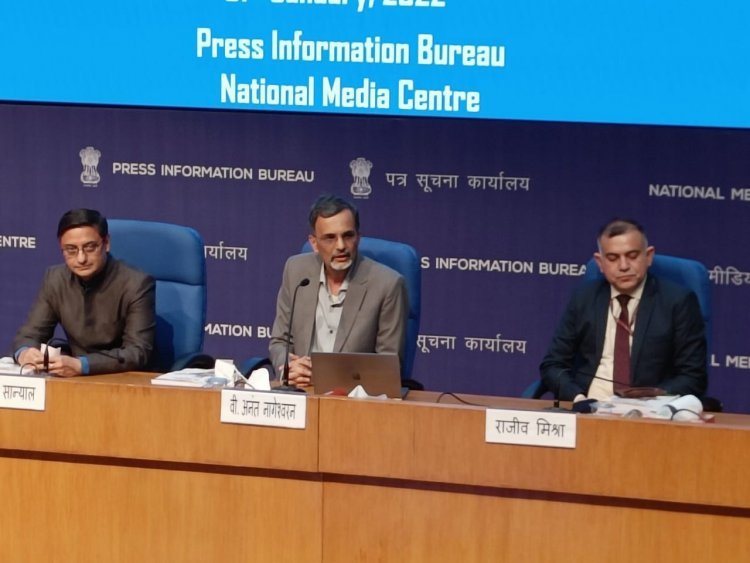
The Economic Survey for the financial year 2021-22 that was tabled in Parliament on Monday January 31 expects the good performance in agriculture to continue in the current financial year, too. The Covid-19 pandemic has not impacted this sector much. The Survey recommends that priority should be given to crop diversification, allied sectors and alternative fertilizers such as Nano Urea. It is important to note that the agriculture and allied sectors grew at a positive growth rate of 3.6 per cent during 2020-21 while the overall GDP growth was negative at -7.3 per cent. According to the Survey, growth in allied sectors including livestock, dairying and fisheries has been the major drivers of overall growth in the sector.
The Survey says that during April-December of the current financial year, the fertilizer subsidy stood at Rs 85,300 crore. Of this, Rs 49,800 crore subsidy was granted on urea. The remaining 35,500 crore went to subsidy on phosphatic and potassic (P&K) fertilizers. During the last financial year 2020-21, Rs 1.38 lakh crore was spent on fertilizer subsidy. The country produced 2.85 crore tonnes of fertilizer in these nine months. This consisted of 1.87 crore tonnes of urea and 30 lakh tonnes of Di-Ammonium Phosphate (DAP).
Allied sectors stable source of income for farmers
According to the Survey, allied sectors, including animal husbandry, dairying and fishing, are steadily emerging to be high-growth sectors. They have raised the farmers’ income. We, therefore, need to focus on harnessing the potential of these sectors. As revealed by the latest Situation Assessment Survey (SAS), the sector has been a stable source of income across groups of agricultural households, accounting for about 15 per cent of their average monthly income. The continued fragmentation of landholdings is a problem. The Survey points out the need for increasing the productivity of small and marginal farmers with the help of technology.
Diversification will lead to sustainable farming and increase farmers’ income
The Survey says that crop diversification can be used as a tool to promote sustainable agriculture, reduction in import dependence and higher incomes for the farmers. The existing cropping pattern is skewed towards the cultivation of sugarcane, paddy and wheat, which has led to the depletion of fresh groundwater resources at an alarming rate in many parts of our country. The Survey suggests a shift towards oilseeds, pulses and horticultural crops. Suggestions have been made to resolve issues like providing irrigation, investment, loans and markets for this.
Agriculture credit flow at Rs 7.36 lakh crore in first six months
The Survey says that the agriculture credit flow for the year 2020-21 was Rs 15.75 lakh crore against the target of Rs 15 lakh crore for the year. The agriculture credit flow target for 2021-22 has been fixed at Rs 16.5 lakh crore and till 30 September 2021 against this target a sum of Rs 7.37 lakh crore has been disbursed. As of 17 January 2022, banks have issued Kisan Credit Cards (KCCs) to 2.7 crore eligible farmers. Besides, a total of 67,581 KCCs have been issued to fishers and fish farmers by 17 December 2021 and over 14 lakh fresh KCCs were sanctioned for animal husbandry and dairying farmers by 10 December 2021.
302 crore litres of ethanol supply in 2020-21
According to the Survey, the ethanol supply is expected to be 302 crore litres in the Ethanol Supply Year (ESY) 2020-21 that ended in November. It was only 38 crore litres in ESY 2013-14. The Survey expects to achieve approx. 8.1 per cent blending of ethanol with petrol. The ethanol blending target for ESY 2021-22 is 10 per cent, which is to progressively increase to 20 per cent by the year 2025.
Growth rate 9.2 per cent this year, 8-8.5 per cent next year
The Survey expects that the Indian economy is expected to witness real GDP expansion of 9.2 per cent in 2021-22 and 8.0-8.5 per cent in 2022-23. It says that overall economic activity has recovered past the pre-pandemic levels. Overall, macro-economic stability indicators suggest that the Indian economy is well placed to take on the challenges of 2022-23. The next financial year will benefit from increased vaccination coverage, steps taken to increase supply and rules being eased.
The growth rate has been estimated on the basis of crude oil prices of $70-75 per barrel while prices in the international market are hovering around $90 per barrel. The Survey says that a part of the observed rise in wholesale inflation could be attributed to the low base in the previous year. This being the case, the effect should soon be over. But we need to be wary of imported inflation driven by rising crude oil prices.



 Join the RuralVoice whatsapp group
Join the RuralVoice whatsapp group




















